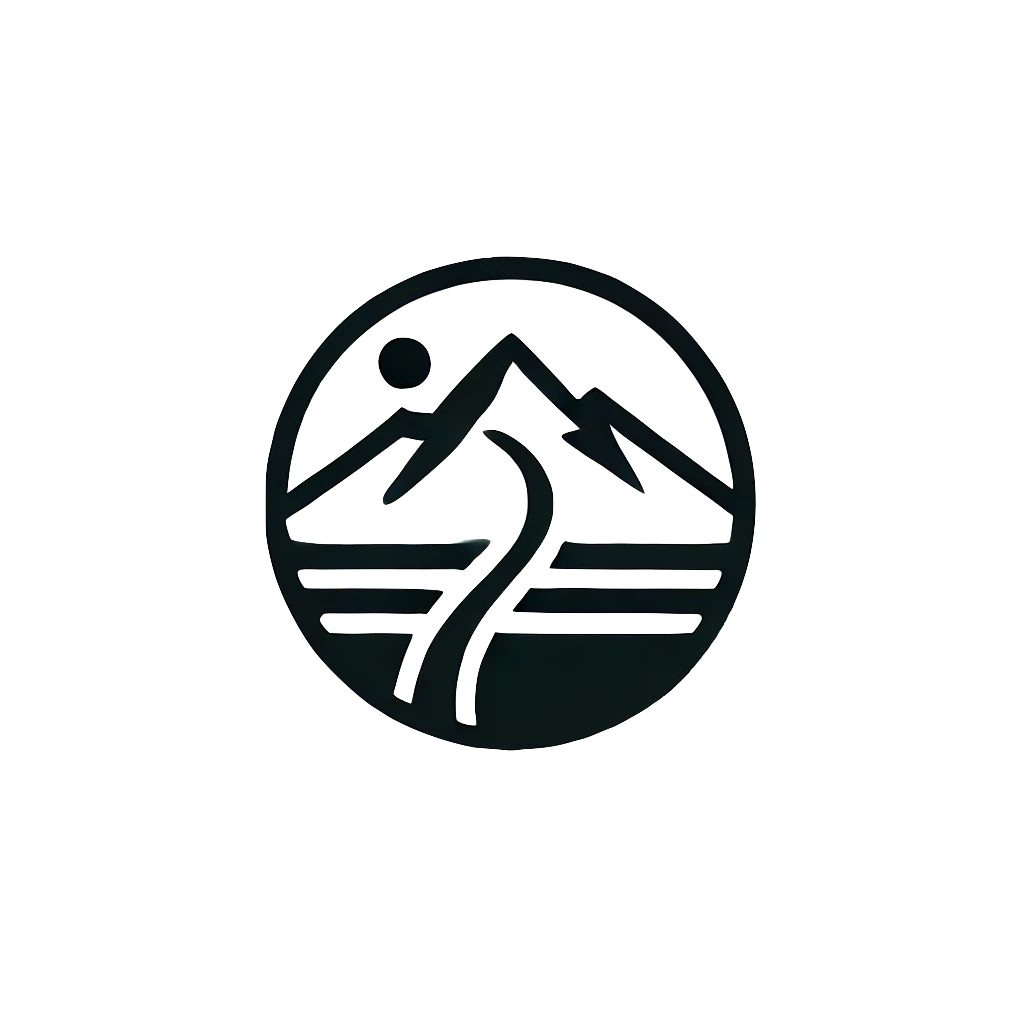Entering Week 7: Exploring Periodization and Measuring Progress
Entering week 7 of my training, I find myself revisiting a method I haven’t used in years—planned recovery weeks as part of a periodized structure. Until now, my approach relied on constant load progression, often pushing towards “failure.” The 3:1 model (three weeks of work followed by a recovery week) feels like a natural choice, although modern coaches often suggest a 2:1 ratio for men over 40. Despite this, my historically high level of activity makes me inclined to explore the more demanding approach first.
Today, I want to touch on a question many of us ask ourselves: “When will I see the results?” Whether it’s weight loss, muscle gain, or improved fitness metrics, this question reflects our natural need for tangible progress. For those who have never quantified their efforts, six weeks might seem like enough time to expect dramatic changes. But hybrid training often requires patience. The initial phases can feel slow because they’re laying the groundwork for more advanced achievements. This process can be especially frustrating when compared to the deceptive expectations set by social media and fitness marketing, which bombard us with unrealistic ideals 24/7.
Let’s face it: over a month in the gym and we still don’t look like the guy who sold us the membership or the ‘80s-era bodybuilder featured in our cookie-cutter plan. But it’s worth remembering that visible changes depend on our starting point, goals, and metrics.
For me, the current block of training is about recomposition, general strength, and building an aerobic base. While these goals might seem difficult to combine, they’re a calculated shift from the patterns I stubbornly stuck to in the past—patterns that led to overtraining and setbacks. Most notably, my missteps after the Independence Run left me dealing with post-race fatigue and a compromised immune system. Learning to trust my instincts and break away from ineffective habits has been a tough but essential lesson.
Six weeks in, I’ve lost 2 kilograms—not a staggering result for weight loss, but significant for recomposition. Visually, it’s clear that this weight loss reflects fat reduction alongside muscle gain. My body fat percentage is down 1.3%, and my waist has slimmed by several centimeters. While progress has slowed, the baseline results are encouraging: 6 kilograms lost overall and 6 centimeters off my waist since starting.
Strength has also improved across the board. Squats have increased by 85% (a reflection of initial conservative loading), deadlifts are up 46%, and my bench press has risen by a more moderate 20%, nearing my lifetime best. These numbers show I’ve calibrated my program well, setting the stage for fine-tuned adjustments in the coming year.
Aerobically, I’ve been building running volume strictly within Zone 2 heart rate limits, which my body has adapted to well. This week, I’ll conduct a MAF (Maximum Aerobic Function) test to better gauge my endurance improvements. Last week’s Training Stress Score (TSS) spiked beyond my planned 360 to 440, pushing my Acute Training Load (ATL) to 63. This increase signals the need for a recovery-focused week. My goal is to maintain a steady Chronic Training Load (CTL) of 43, ensuring I’m primed for my annual New Year’s Eve run—a tradition I’ve honored for 11 years now.
Recovery strategies have so far been minimal, limited mainly to quality sleep. Thankfully, my nutrition plan has left me well-fueled without feeling deprived. My strength gains and weight trends confirm that I’m striking the right balance.
Beyond physical training, I’m progressing intellectually too. This blog is shaping up with over 10 entries drafted, and I’m laying the groundwork for a podcast season I plan to release all at once—Netflix style. My ISSA CPT certification studies are advancing steadily. Relearning anatomy in a second language has been challenging, but I feel I’ve overcome the steepest parts of the learning curve. Looking ahead, I aim to publish free training plans on platforms like Training Peaks, targeting individuals returning to activity after injury or burnout.
Today, I’m taking a full day off from training—a rarity for me, but a decision I know my body and mind will thank me for. One rest day every three weeks might not sound like much, but the benefits are undeniable. This morning, I used the extra time to finish another module in my CPT course. Rest isn’t just a physical necessity; it’s a mental reset that keeps me focused on the bigger picture.


